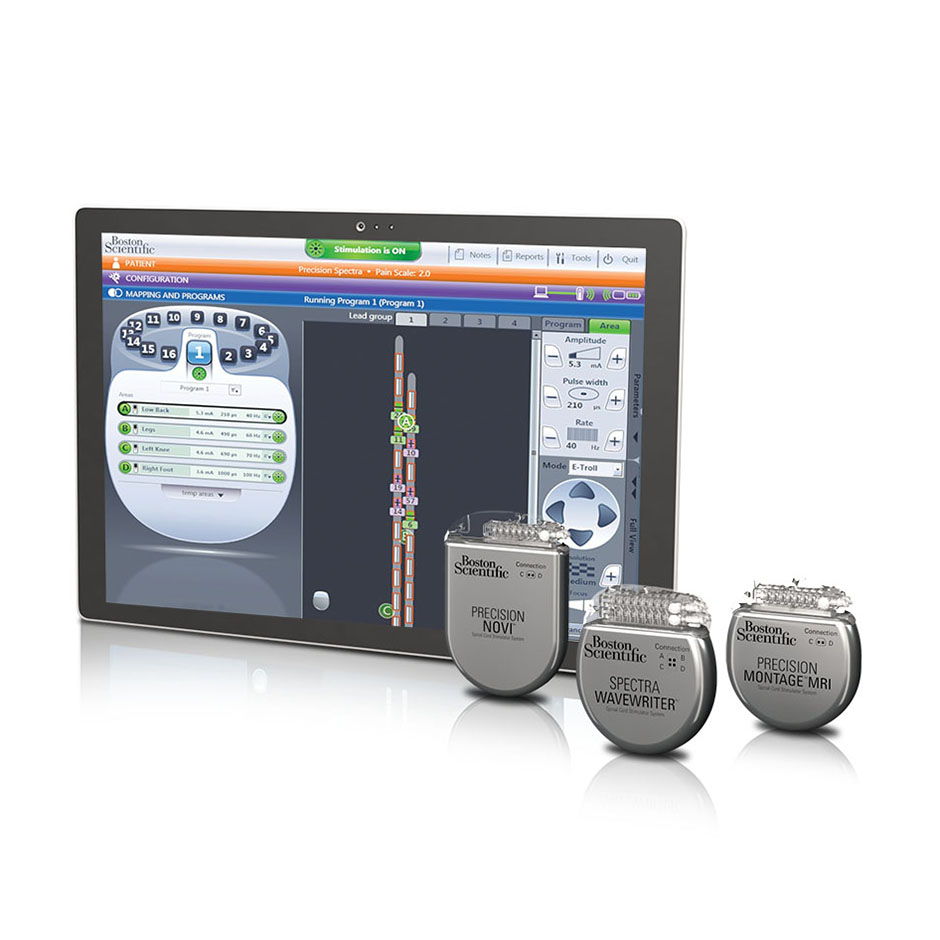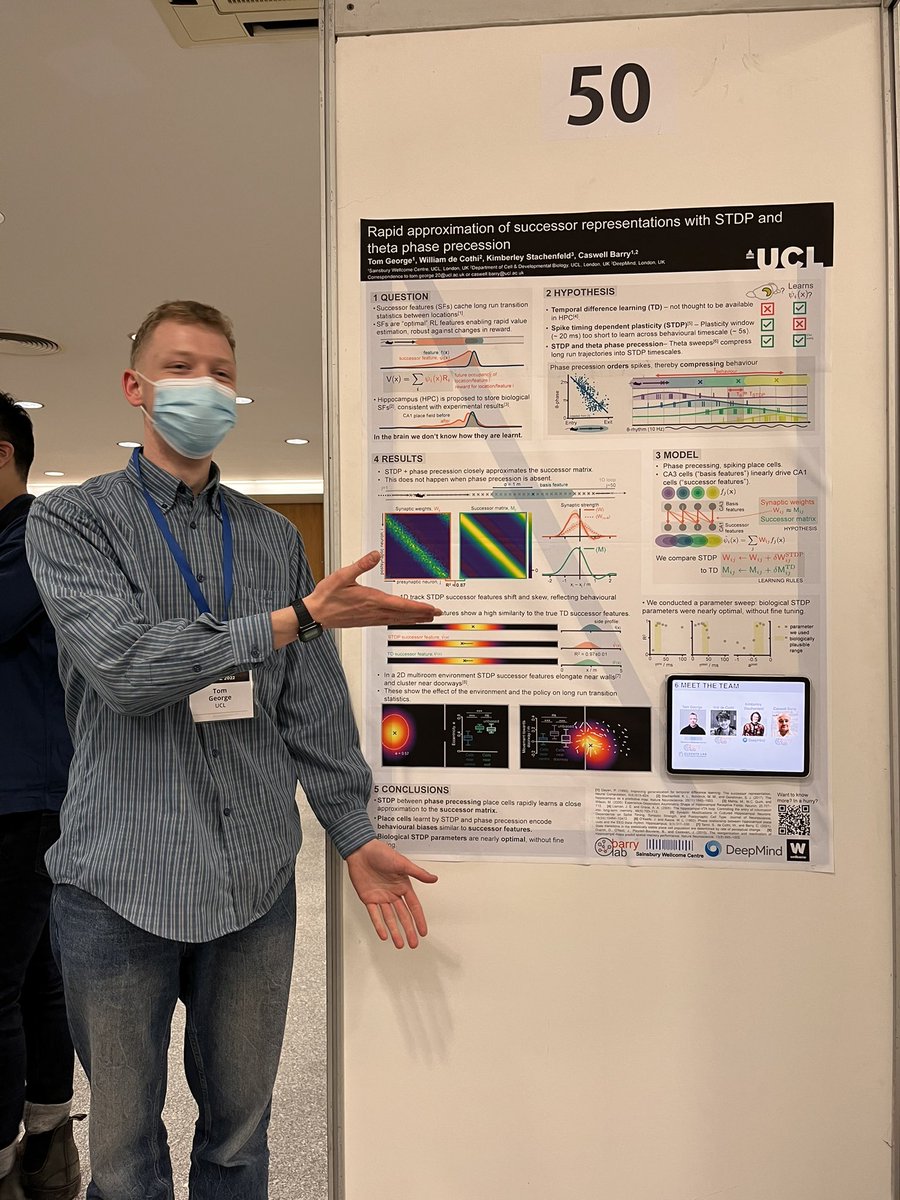
Individual TDP(C) participants with unilateral left temporal atrophy displayed word comprehension impairments without additional object recognition deficits, helping to dissociate semantic primary progressive aphasia from semantic dementia. Comparisons of ADNC in typical amnestic versus atypical aphasic dementia and of TDP in type A versus type C revealed fundamental biological and clinical differences, suggesting that members of each pair may constitute distinct clinicopathologic entities despite identical downstream proteinopathies. The one common denominator was progressive asymmetric atrophy overwhelmingly favouring the left hemisphere language network.

There were individual deviations from these group patterns, accounting for less frequent clinicopathologic associations. Atrophy encompassed posterior frontal but not temporoparietal cortex in corticobasal degeneration/progressive supranuclear palsy, anterior temporal but not frontoparietal cortex in TDP(C), temporofrontal but not parietal cortex in Pick’s disease and all three lobes with ADNC or TDP(A). Cortical atrophy was smallest in corticobasal degeneration/progressive supranuclear palsy and largest in TDP(A). Word comprehension impairments had strong predictive power for determining underlying neuropathology positively for TDP(C) and negatively for ADNC.

Seventy-seven per cent of logopenics had ADNC, 56% of agrammatics had corticobasal degeneration/progressive supranuclear palsy or Pick’s disease and 89% of semantics had TDP(C). Each variant had a preferred but not invariant neuropathological correlate. They were classified as logopenic, agrammatic/non-fluent or semantic by quantitative algorithms. A subset of 68 right-handed participants entered longitudinal investigations. In 118 consecutive autopsies on patients with primary progressive aphasia, primary diagnosis was Alzheimer’s disease neuropathological changes (ADNC) in 42%, corticobasal degeneration or progressive supranuclear palsy neuropathology in 24%, Pick’s disease neuropathology in 10%, transactive response DNA binding proteinopathy type A in 10%, TDP(C) in 11% and infrequent entities in 3%.


Primary progressive aphasia is a neurodegenerative disease that selectively impairs language without equivalent impairment of speech, memory or comportment.


 0 kommentar(er)
0 kommentar(er)
